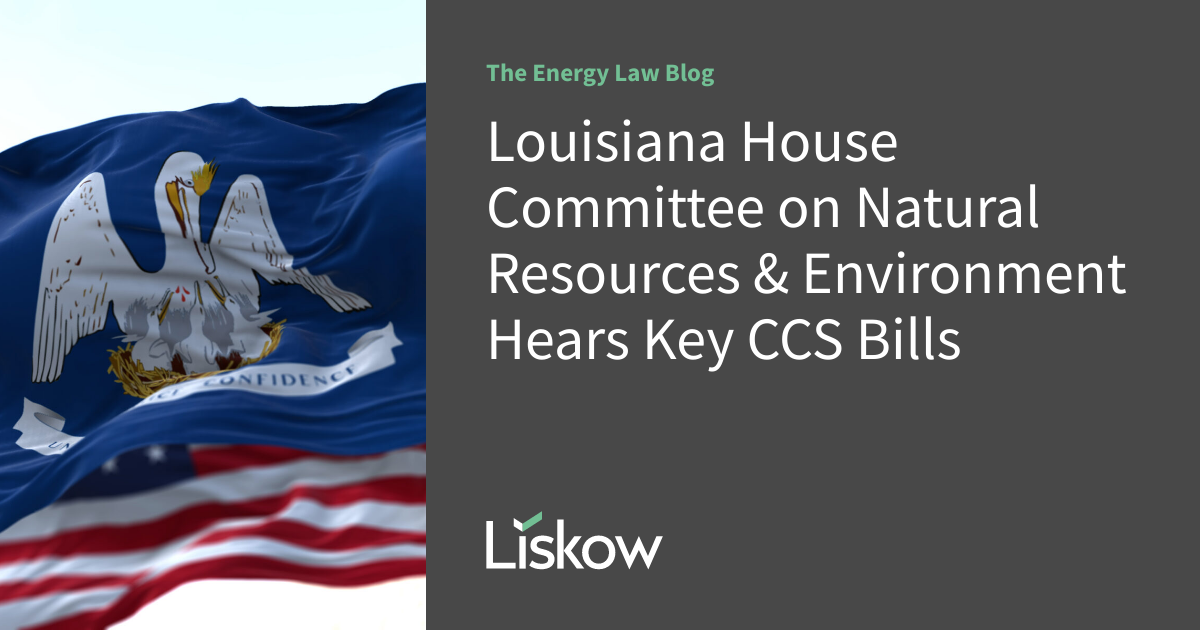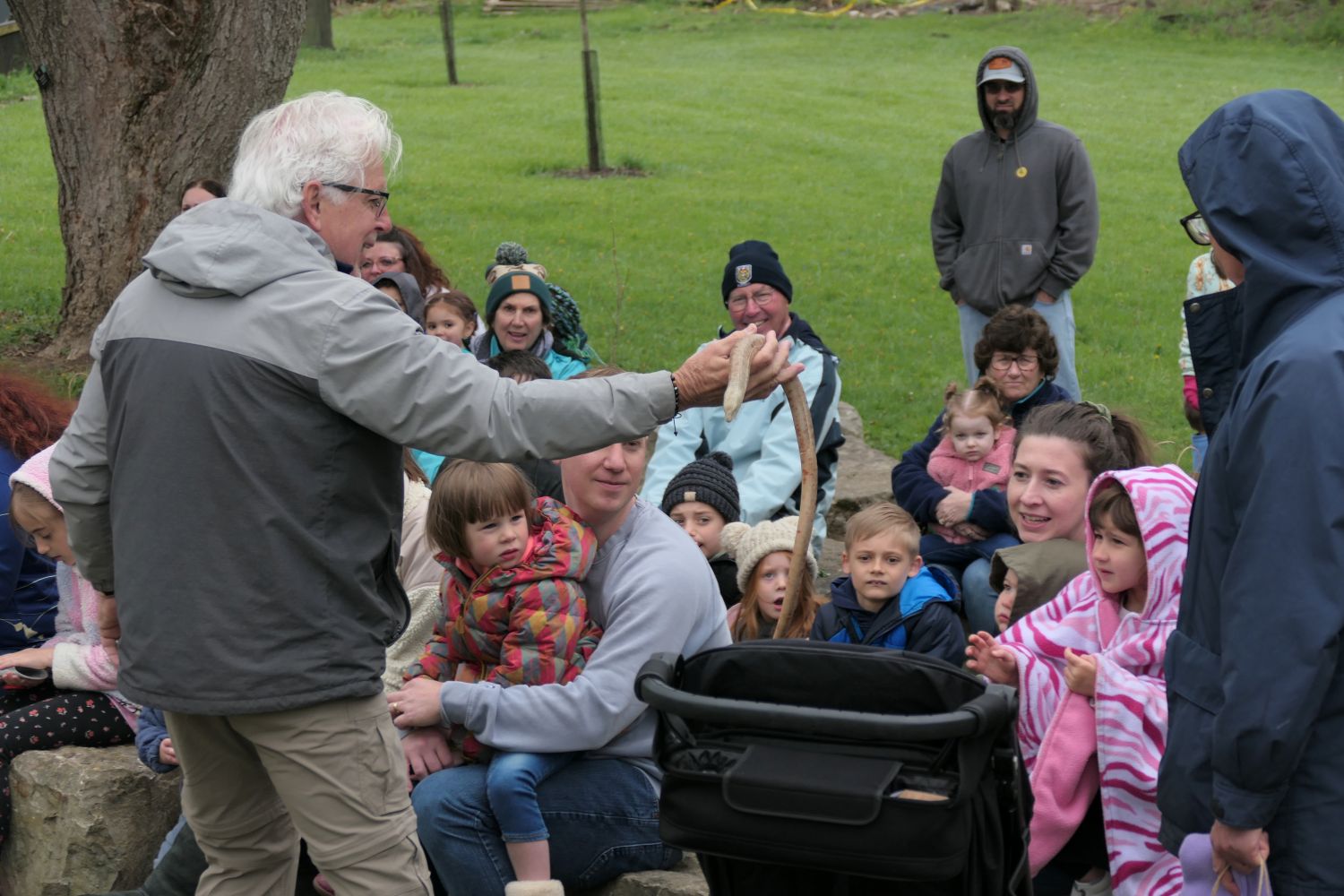
Heat, Politics, and Survival: Mayor Bass's Climate Challenge in LA's Burning Landscape
In a controversial move that has sparked heated debate, Los Angeles Mayor Karen Bass is proposing to dismantle the city's Office of Extreme Heat and Resilience, a critical agency dedicated to protecting residents from potentially deadly high temperatures. The proposed elimination comes at a particularly precarious time for Los Angeles, a city increasingly vulnerable to climate change and rising temperatures. The office, established just last year, was specifically created to help vulnerable populations—including elderly residents, low-income communities, and those without access to air conditioning—survive increasingly dangerous heat waves. Critics argue that dismantling this specialized office could put thousands of lives at risk, especially as Southern California experiences more frequent and intense heat events. The office has been instrumental in developing early warning systems, coordinating cooling centers, and implementing targeted outreach programs for the most at-risk communities. Mayor Bass's administration suggests the office's functions could be absorbed by other city departments, but heat safety experts warn that this approach could significantly dilute the focused efforts needed to combat extreme temperature challenges. As climate change continues to reshape urban environmental risks, the potential elimination of this critical office raises serious questions about Los Angeles's commitment to protecting its most vulnerable residents during increasingly dangerous heat events.









